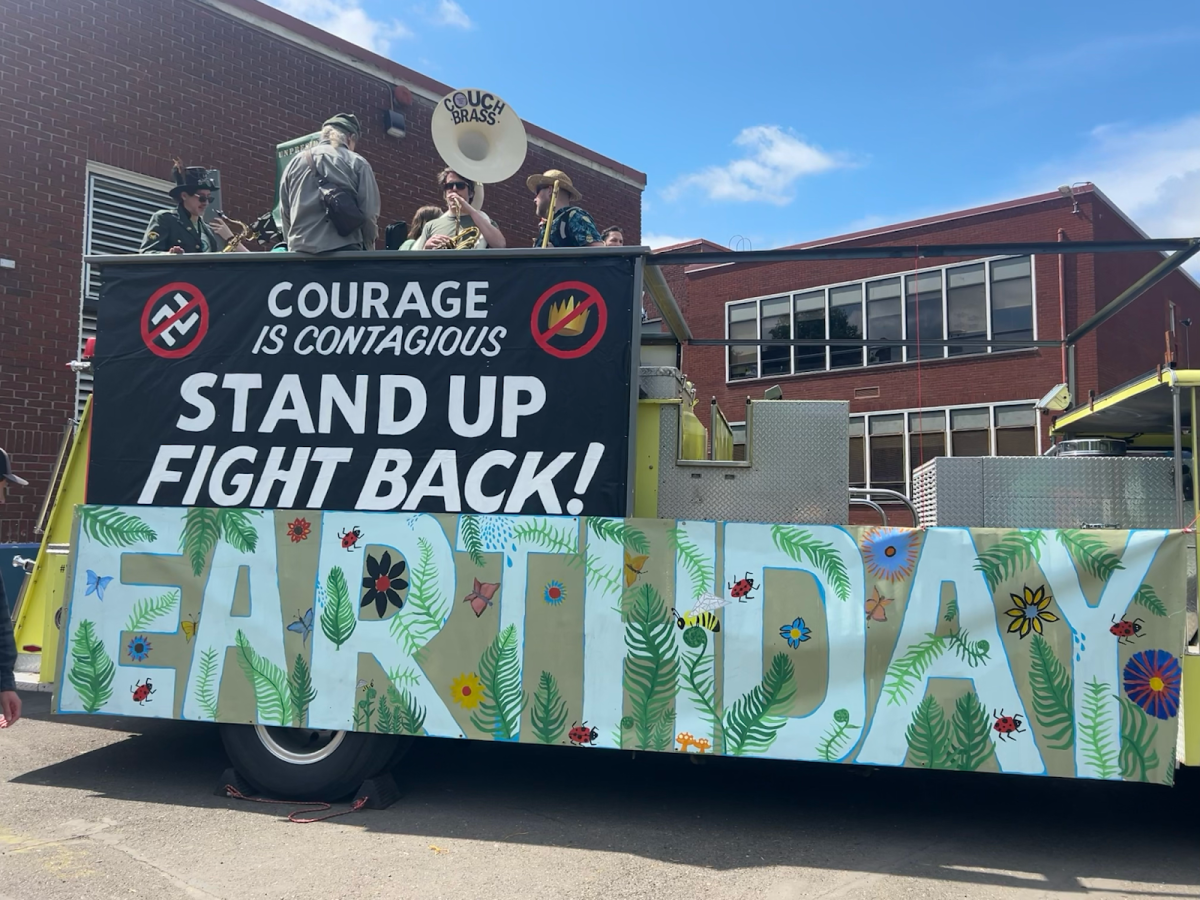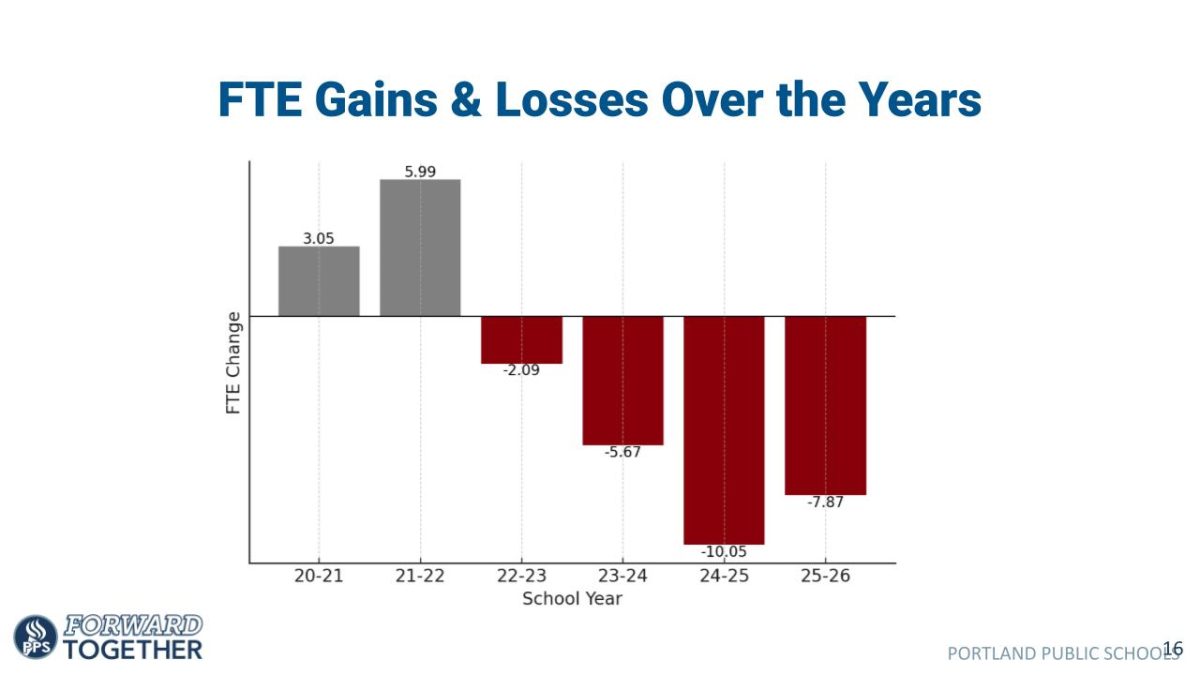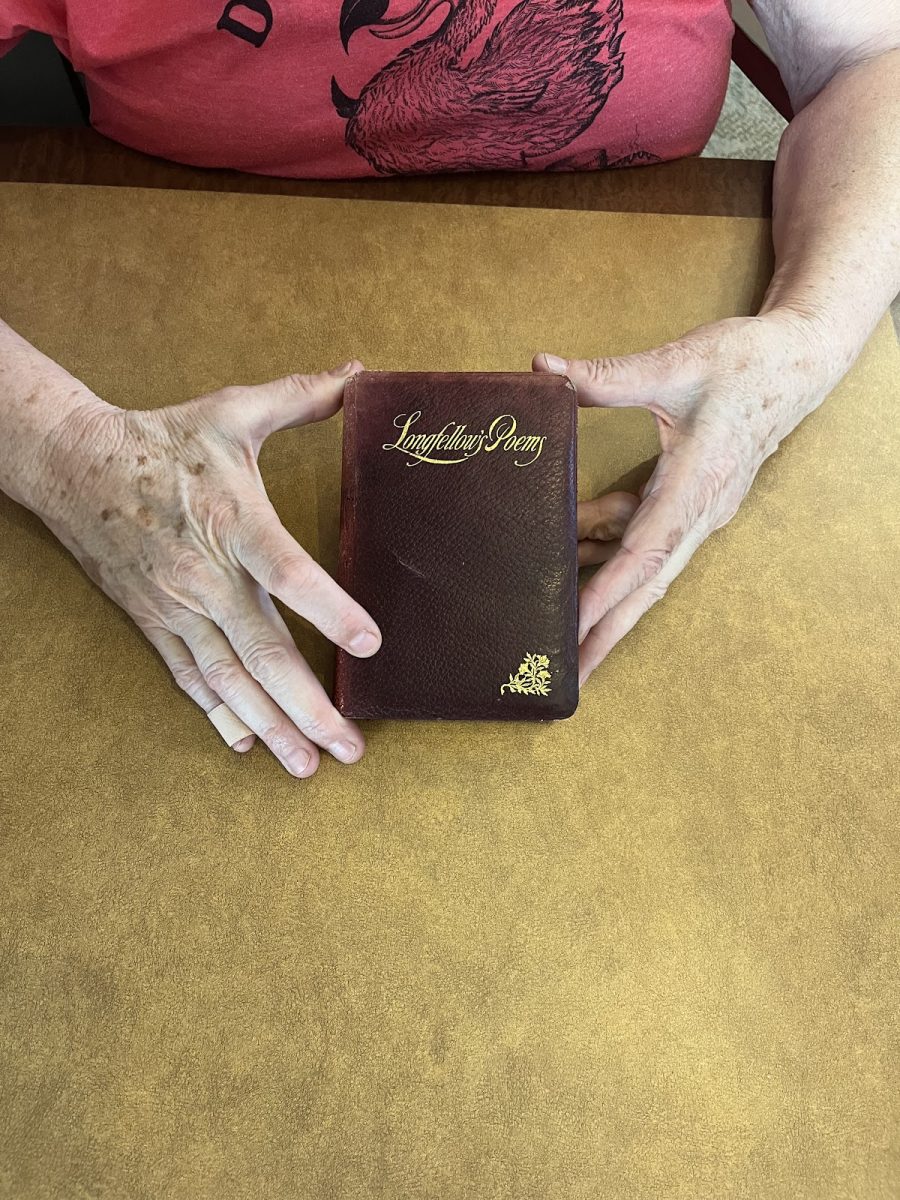
For millennia, people around the world have been celebrating the middle of winter. The end of December proved to be the perfect holiday season in ancient Europe. During this time, many cows were slaughtered so they did not need to be cared for during the harsh winter months, creating a fresh supply of meat for the common people. In Scandinavia, the Norse celebrated Yule from the winter solstice, on December 21 through January, while in Germany pagans honored the god Odin in their mid-winter holiday. Despite this ideal season for celebration, in the early days of Christianity, it was Easter that proved to be the reigning holiday, not Christmas.
It was not until the fourth-century that church officials decided to institute the birth of Jesus as an official holiday. Since no specific date is mentioned in the Bible, Pope Julius I chose December 25. Holding Christmas at the same time as other winter solstice festivals allowed it to gain in popularity. By the middle Ages, Christianity had mostly replaced the Pagan religion. Against the will of the church, many people during this time celebrated Christmas in a drunken, carnival-like atmosphere. Christmas became a time when the wealthy paid their “debt” to society by feeding and entertaining the poor. Booze-filled Christmas celebrations came to a screeching halt in the 17th century when Puritan forces took over England, canceling the holiday in an effort to rid the country of its decadence. When the English came to America in 1620, they brought Puritan values with them, thus turning Christmas into an insignificant holiday for much of early American history.
During the 1800’s, Christmas went through a radical change, morphing from a rambunctious celebration to a family-centered day of love and nostalgia. This change was sparked by the social turmoil of the 19th century. Unemployment rates were high and gang rioting by the underserved lower classes frequently occurred around Christmas time. In 1828, the New York City Council created the city’s first police force in response to a Christmas riot. This served as a catalyst for change in the way upper classes celebrated Christmas in America. Around the same time, Charles Dickens wrote the classic holiday story A Christmas Carol. The story’s charitable messages and emphasis on good will towards all struck a powerful chord in the United States and England, showing Victorians the benefits of Christmas celebration.
As Christmas became more widely embraced in America, people began to look toward the church for guidance on how the holiday should be celebrated. Over the next century, Americans built their own Christmas traditions, which included decorating trees, gift-giving, and sending cards. However, in recent years many have become skeptical of the holiday, believing that it has become less about family and charity and more about companies trying to make a profit.
The average person spends 906 dollars every year on Christmas gifts. Put together, retail companies make more than 3.19 trillion dollars every holiday season. Companies are willing to go to great lengths to get their customers to dig deep into their pockets through using ads, product launches, and lavish decorations to attract consumers.
Over thousands of years, the way we celebrate Christmas has changed dramatically. An intermingling of myths, legends, and cultures from around the world have come together to form the holiday we know today. With the growing prevalence of consumerism in our culture and the internet booming, Christmas will continue to evolve, for better or for worse.
































